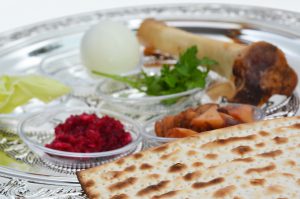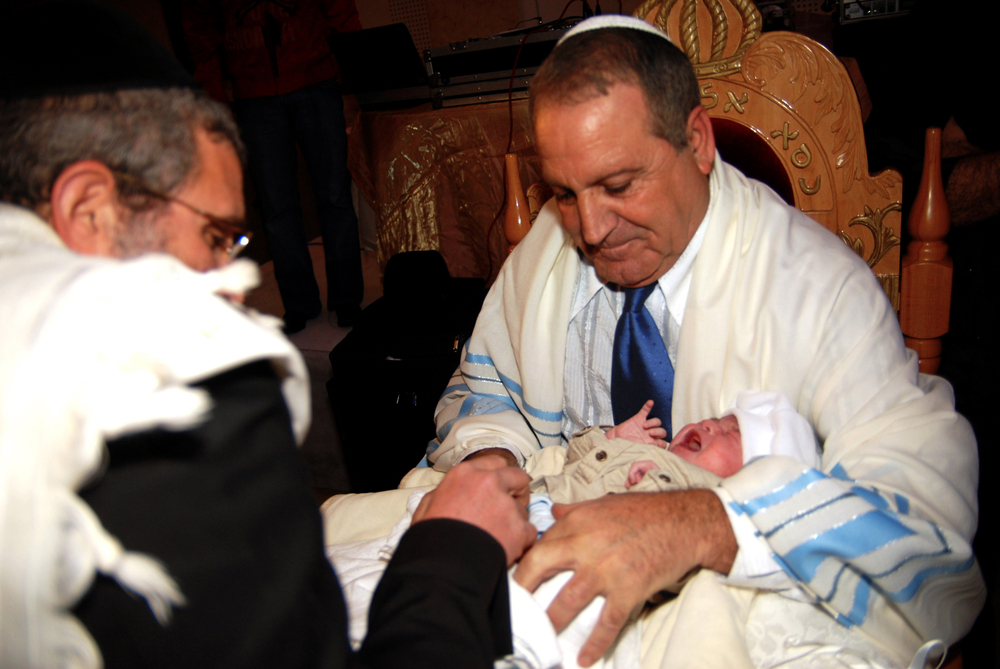In most years, the Torah Portions, Tazrai and Metzora are read together, as they are this week. In a Jewish leap year, they are read separately. We will indicate the separation of the Parshiot in the Parsha summary so that you can plan your Parsha conversation and treats accordingly in a Jewish leap year.
Parshat Tazria, continue the laws of ritual purity and impurity that began in last week’s Parsha. We are taught that a woman is considered ritually impure after having a baby and can become purified by immersing in a mikvah as well as bringing korbanot (sacrifices) in the Mishkan. Baby boys should be given a brit milah, circumcision, on their eighth day of life. The main focus of the Parsha concerns Tzara’at, a disease that would afflict the skin, garments and homes of people who had committed the sin of Lashon Harah, forbidden gossip. Tzara’at appears as white or pink patches on the skin or dark pink or dark green patches on clothing and homes. When these patches appear, a kohen is brought to determine if they are indeed Tzara’at, sometimes requiring the person or item to be quarantined for up to two weeks. If the Kohen declares it to be Tzara’at, the person must leave the camp until s/he is healed. Tzara’at in a garment must be removed, if it comes back the garment must be destroyed.
Parshat Metzora explains the process of purification by a Kohen for Tzara’at. The process includes 2 doves, spring water, cedar wood, a scarlet thread and hyssop. We also learn that a home can be afflicted with Tzara’at, with green or red patches on the walls. When this happens the Kohen must determine if the Tzara’at can be treated or the house will need to be destroyed. The Parsha concludes with other ways a person can become ritually impure and describes the process of purification in the waters of a Mikvah.
There are many symbols in these Parshiot! Blue sour belts can symbolize the purifying waters of the mikvah while blue pacifier candies symbolize the mitzvah of brit milah, circumcision of an eight day old baby boy. Pink and white nonpareils represent the white and pink spots that could appear on people’s skin when they have Tzara’at while dark pink and green sour bricks can represent Tzara’at as it appears on clothing and buildings. Red sour belts can symbolize the scarlet thread used or purification of Tzara’at. Candy lips symbolize the sin of Lashon Harah, forbidden gossip, for which someone would get Tzara’at as well as the requirement for the Kohen to declare a person as having Tzara’at and then as being purified from it. Finally, candy watches can represent the time a person with Tzara’at spent away from the camp, the counting of the eight days until a baby boy has a brit milah, and figuratively the need the “watch one’s lips” so as not to speak Lashon Harah. Do you have other ideas for symbolic treats that connect to this week’s Parsha? Please share them in the comments below.
Shabbat Shalom,
Shayna Levine-Hefetz


